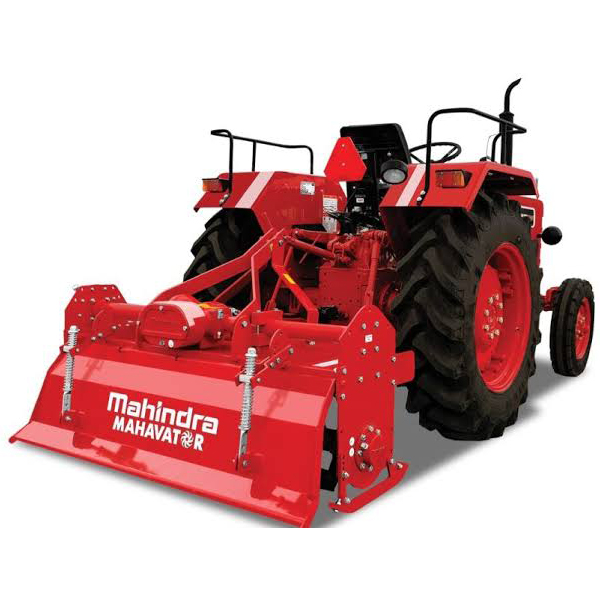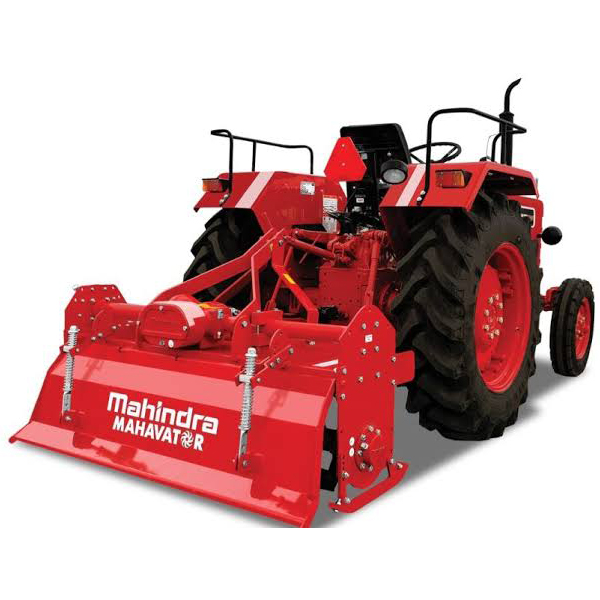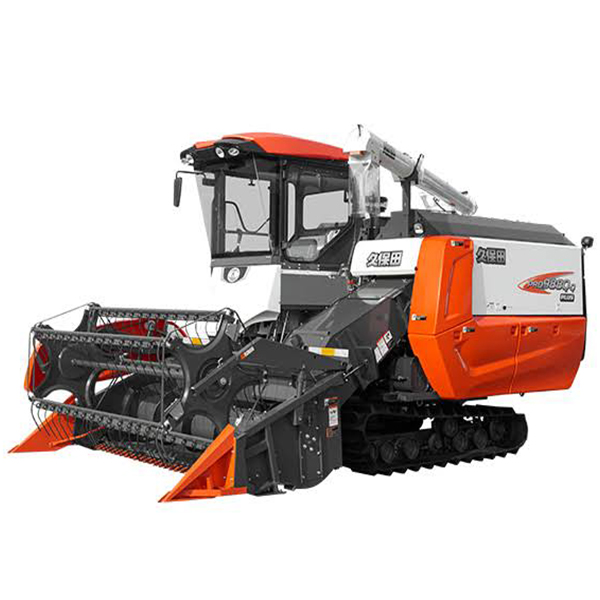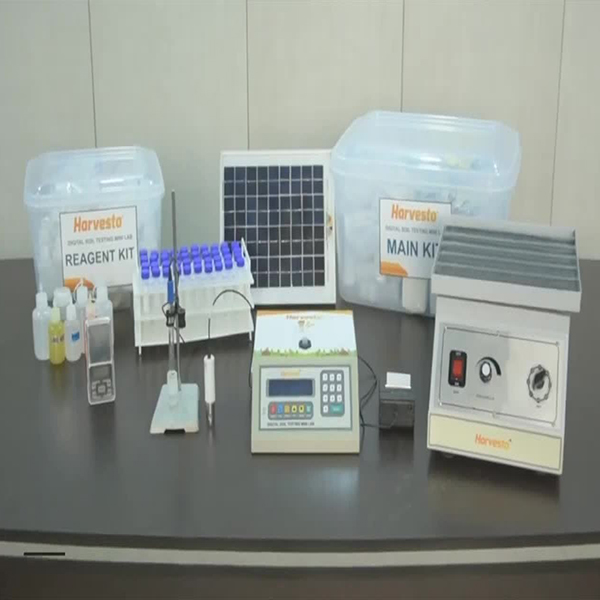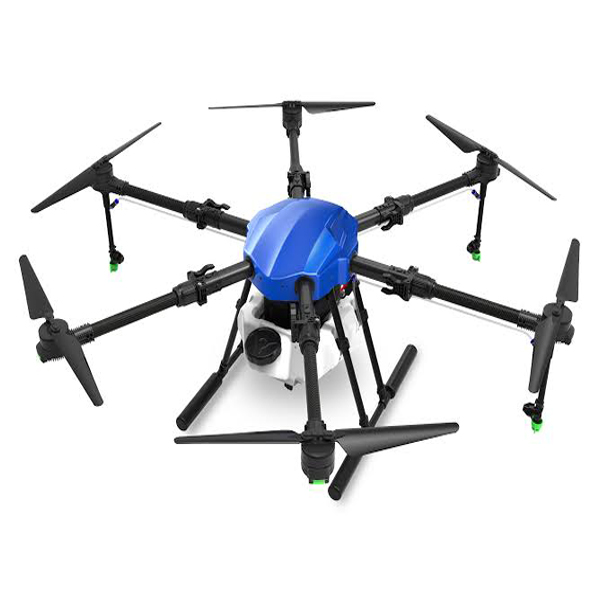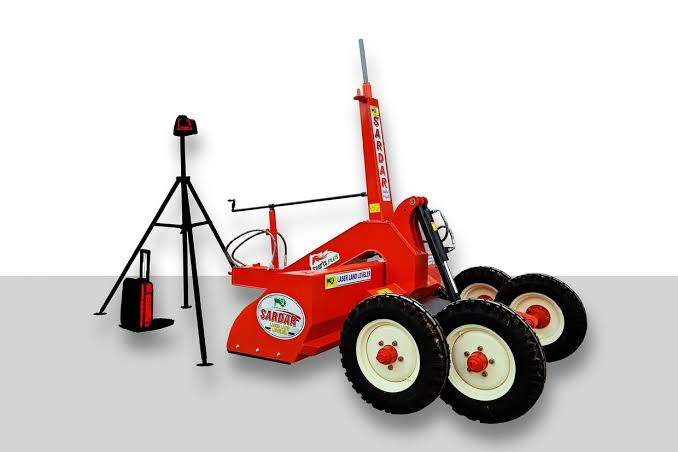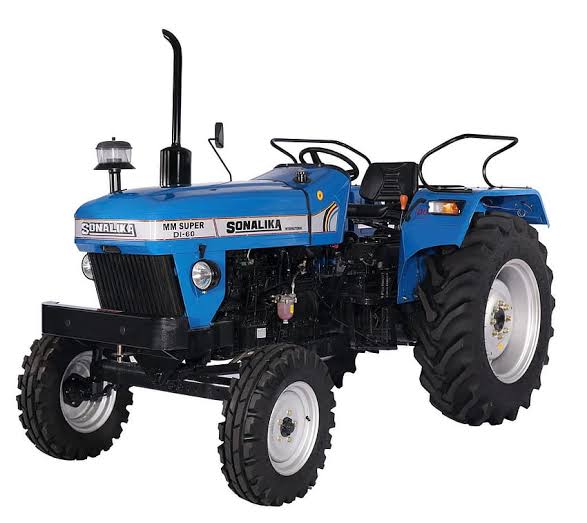Rotavator
Product - Rotavator
A rotavator, also known as a rotary tiller or rotary cultivator, is a farm implement used for soil preparation in agriculture and gardening. It is a motorized machine that consists of a rotating set of blades or tines mounted on a horizontal shaft. The rotavator is typically towed behind a tractor or self-propelled.
Here are some key features and functions of a rotavator:
Soil Breaking and Mixing: The main purpose of a rotavator is to break up and loosen the soil. The rotating blades or tines penetrate the soil and pulverize it, effectively breaking clumps and creating a fine seedbed. This process helps in seed germination, root development, and overall plant growth.
Weed Control: Rotavators can help control weeds by uprooting and burying them in the soil. The rotating tines cut through weed roots and disturb their growth, reducing weed competition with crops.
Incorporation of Organic Matter: Rotavators can be used to incorporate organic matter, such as compost or manure, into the soil. The rotating action of the blades mixes the organic material evenly, improving soil fertility and nutrient availability for plants.
Seedbed Preparation: By breaking up the soil and creating a smooth, level surface, rotavators facilitate seedbed preparation. The fine tilth created by the machine provides an ideal environment for seed sowing or transplanting.
Soil Aeration: The rotational action of the blades helps in aerating the soil by creating channels and loosening compacted layers. This promotes better root growth, nutrient absorption, and water infiltration.
It's important to note that the depth and intensity of soil cultivation with a rotavator should be adjusted based on the specific soil type, crop requirements, and the stage of cultivation. Excessive or improper use of a rotavator can lead to soil compaction, erosion, or damage to soil structure.
A rotavator, also known as a rotary tiller or rotary cultivator, is a farm implement used for soil preparation in agriculture and gardening. It is a motorized machine that consists of a rotating set of blades or tines mounted on a horizontal shaft. The rotavator is typically towed behind a tractor or self-propelled.
Here are some key features and functions of a rotavator:
Soil Breaking and Mixing: The main purpose of a rotavator is to break up and loosen the soil. The rotating blades or tines penetrate the soil and pulverize it, effectively breaking clumps and creating a fine seedbed. This process helps in seed germination, root development, and overall plant growth.
Weed Control: Rotavators can help control weeds by uprooting and burying them in the soil. The rotating tines cut through weed roots and disturb their growth, reducing weed competition with crops.
Incorporation of Organic Matter: Rotavators can be used to incorporate organic matter, such as compost or manure, into the soil. The rotating action of the blades mixes the organic material evenly, improving soil fertility and nutrient availability for plants.
Seedbed Preparation: By breaking up the soil and creating a smooth, level surface, rotavators facilitate seedbed preparation. The fine tilth created by the machine provides an ideal environment for seed sowing or transplanting.
Soil Aeration: The rotational action of the blades helps in aerating the soil by creating channels and loosening compacted layers. This promotes better root growth, nutrient absorption, and water infiltration.
It's important to note that the depth and intensity of soil cultivation with a rotavator should be adjusted based on the specific soil type, crop requirements, and the stage of cultivation. Excessive or improper use of a rotavator can lead to soil compaction, erosion, or damage to soil structure.
1 review for “Fresh Red Seedless”

Prabhat Kumar
This is test review of the product

Test
Lorem Ipsum is simply dummy text of the printing and typesetting industry. Lorem Ipsum has been the industry's standard dummy text ever since the 1500s, when an unknown printer took a galley of type and scrambled it to make a type specimen book
